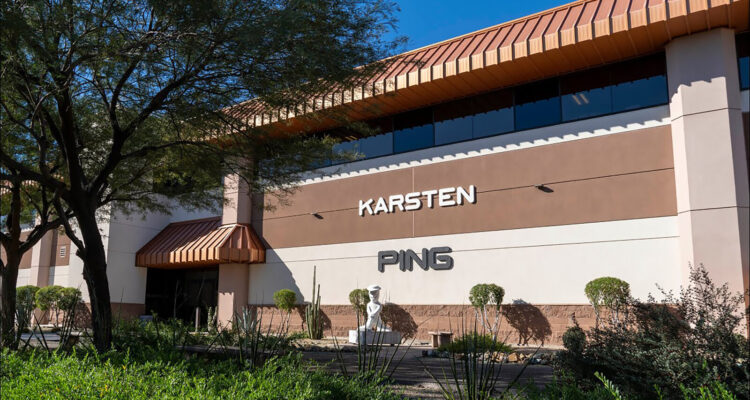Equipment Editor, Dan Owen Embarks on the Ultimate Golf Pilgrimage to PING’s Phoenix HQ, Where Engineering Genius, Unrivalled Craftsmanship, and Game- Changing Technology come together
Visiting PING’s Phoenix HQ is a golf nerd’s pilgrimage. Unlike the majority of the golf industry, which is focused in California, PING are based in the Arizona desert, and I believe being out of that bubble is one of the reasons why PING clubs are different from everything else on the market.
Rather than being stuck in a golf-centric bubble, PING is an engineering company that solves problems. The solutions just tend to be, but not always, found in golf clubs.
PING HQ is also much more than a collection of buildings. It’s not just a campus. It’s home. It’s a science lab. It’s a proving ground. It’s a museum. And it’s a shrine.
There is a sense of history pervading from PING HQ that you don’t get from other manufacturers. PING first opened their HQ in Phoenix in 1966, and while the campus has expanded greatly, some of it remains the same.
TIME CAPSULE
One thing that hasn’t changed a jot is Karsten Solheim’s office. The founder passed away in 2000, and the office has been left exactly as it was.
While the rooms surrounding his office have been developed and evolved into the bag and accessories creation studio, the office is untouched.
Musty and of an even earlier era, pictures of Karsten with presidents are on the wall, and a selection of his putter designs is in the room.
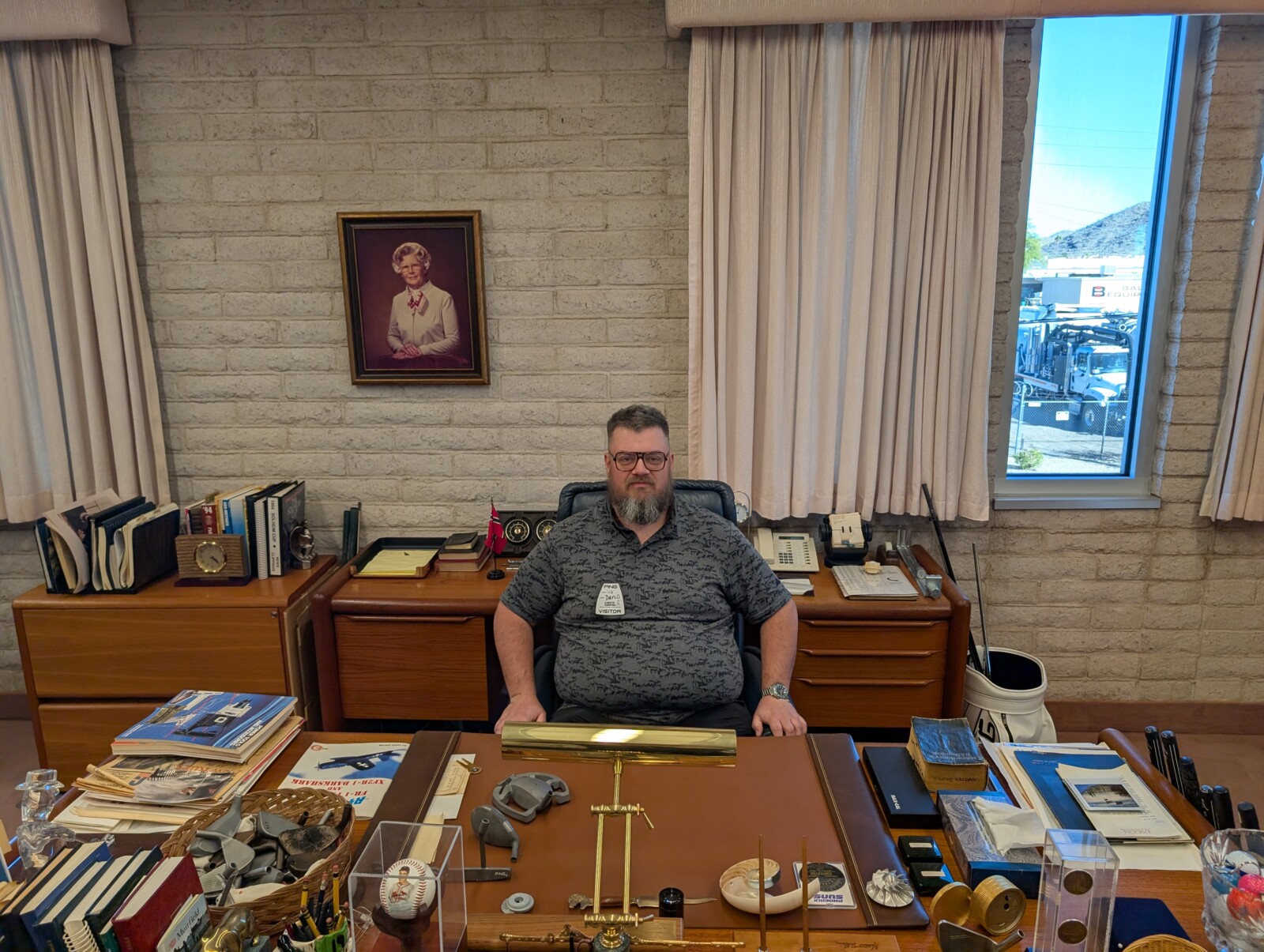
Karsten was an engineer, and the engineering philosophy still runs through the core of the still family-owned company.
My favourite part of the visit was the archive. While I’m a true believer in modern equipment being the best yet, as an ageing codger, I love looking through the old stuff.
PING’s archives had a bunch of clubs I’d grown up with, and who doesn’t love seeing the Eye 2s, ZING and B60 putters, and even the 1A? But there were prototypes and clubs that never made it to market.
The most interesting was a PING ZING square driver prototype that must have been from the early ’90s, at least ten years before Nike and Callaway came to market with a square driver.
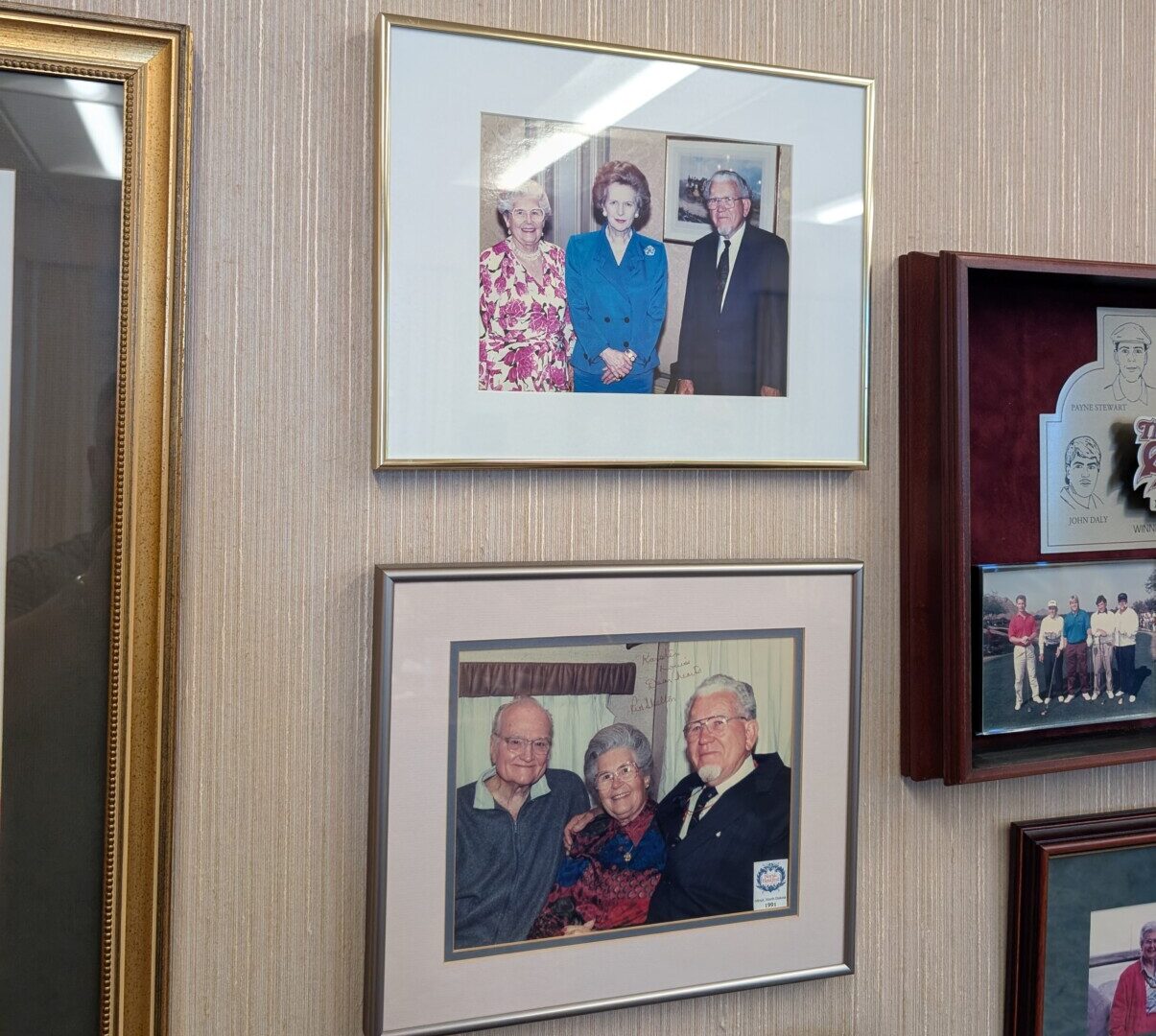
ALL THAT GLITTERS IS GOLD
While they have engineers creating incredible technology to produce some of the most forgiving equipment in the game, PING also shows reverence for the history of the game.
PING’s gold vault is famous for its professional golf tournament-winning replica gold putters,with names including Tiger Woods, Seve Ballesteros, Lee Westwood and Sir Nick Faldo represented in the heavily packed racking.
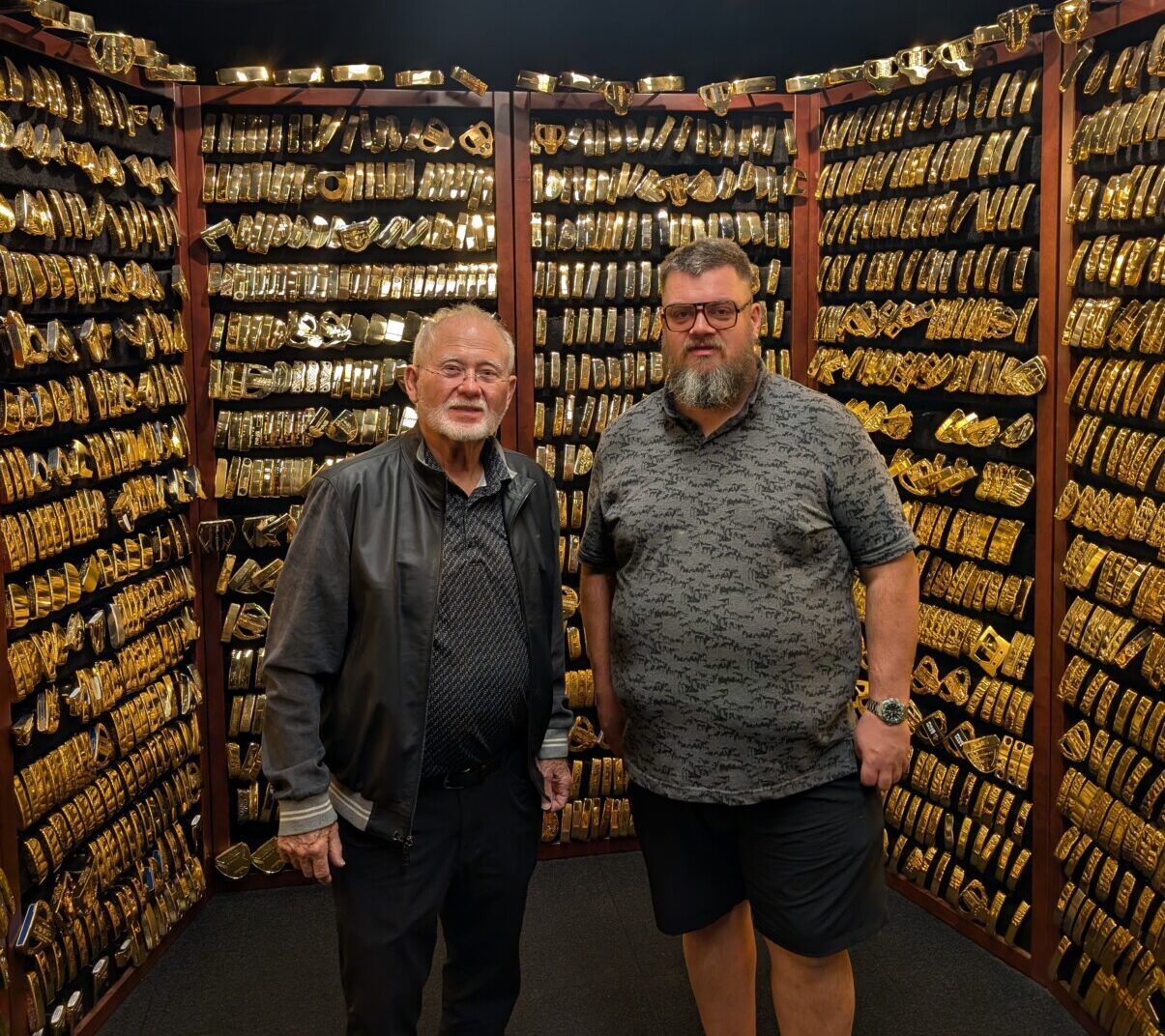
Regular tour wins get you a gold-plated putter, while a major victory earns you a solid gold offering.
The Doc 17 used by Suzann Pettersen to win the 2007 LPGA Championship must be the most valuable putter in the vault—at least in raw materials! And talking of Lee Westwood, he is the player with the most different winning models in the vault.
ENGINEERING EXCELLENCE
While the history of HQ was great, we were there to look at the future. PING’s G series is bi-annualy one of the most important launches in golf.
The G440 is 100% the best version yet. PING creates new equipment by building on what has come before.
They don’t just let the marketers give them a new direction, PING’s engineers build incrementally on the product that has come before.
When you look at a PING G440 driver, you can see the similarities to the G430, but then, when you look closely, you can see how PING has furthered the design.
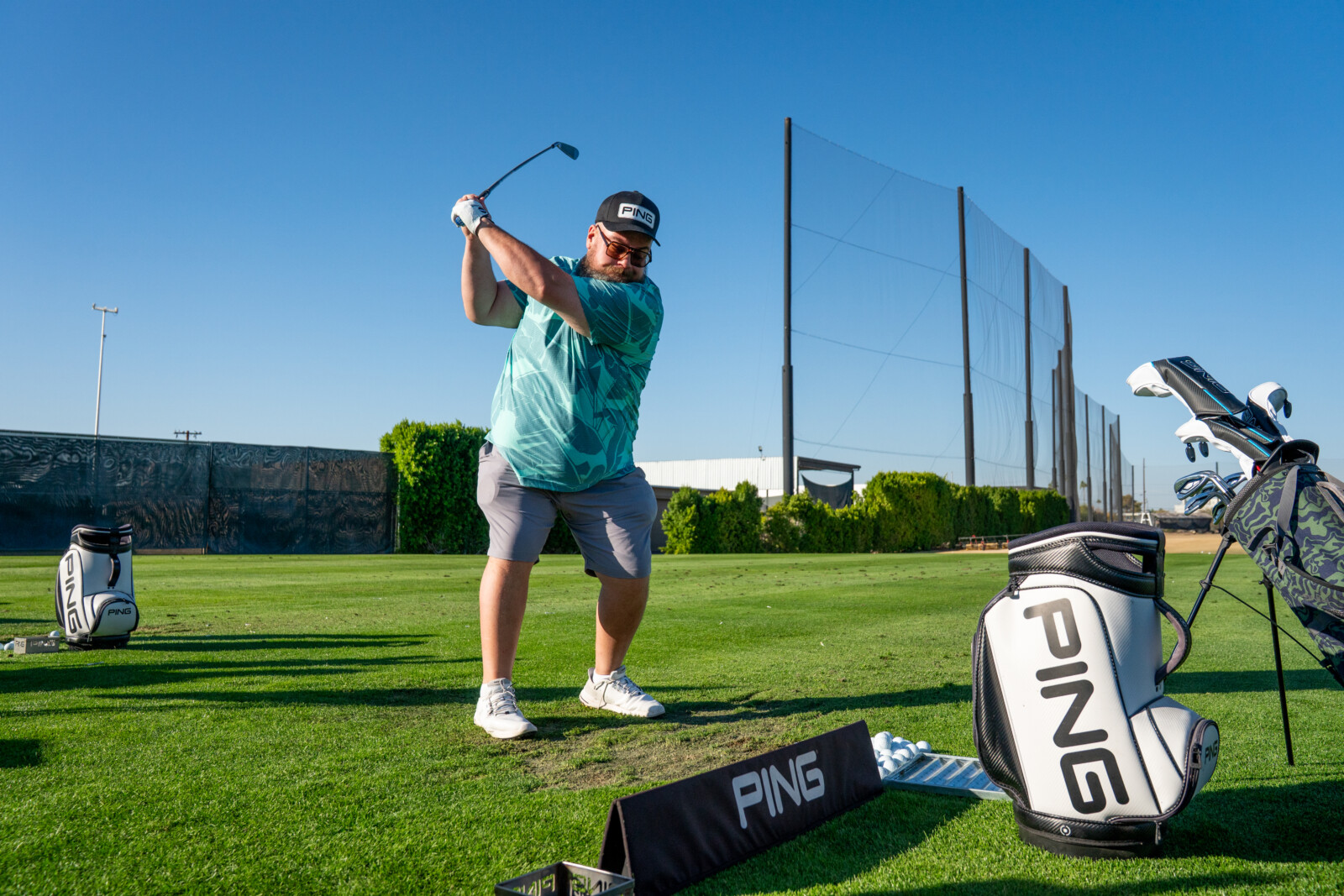
Take Turbulators as an example. PING knows they are Marmite and that there are a fair number of golfers out there who aren’t willing to try a PING driver because of them.
But from an aerodynamic standpoint, PING have not found a way to better their performance with a driver, and they look good for around a one-mile- an-hour faster club-head speed than a driver without them.
That’s a trade-off PING is happy to accept for improved performance. They no longer feature on the fairway woods and hybrids because, with the smaller heads, they didn’t make a significant difference to clubhead speed.
Other manufacturers had similar ideas to Turbulators but dropped them. PING’s engineering background doesn’t let them.
PING’s growth in tour driver usage in recent seasons from both staff and non-staff players
is proof in the pudding. The G430 series alone had 145 wins worldwide at the time of our trip to Phoenix.
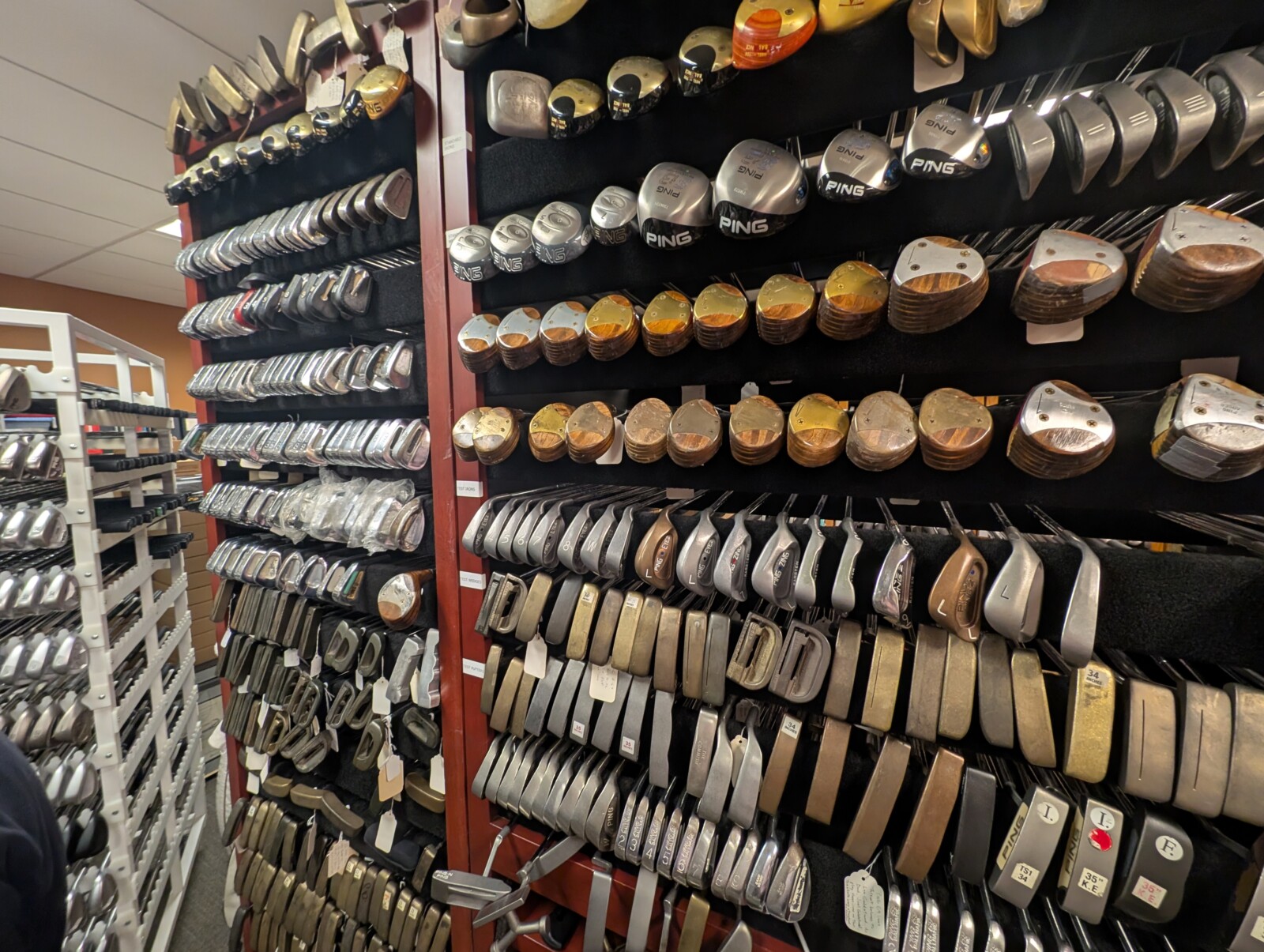
Every other driver in play on LIV has seemed to be a G430 LST over the last two years as players gravitate to what works when they don’t have equipment contracts, and 52 of those wins have come from non-staff players.
Some of the biggest changes to the clubs are ones you can’t see. One of the biggest
issues with adjustable drivers is the adjustable hosel.
The design inherently adds weight in the heel—somewhere that isn’t ideal for maximum performance.
PING has got around this with a new free-hosel system, where the internal chamber is largely cut away.
The adapter still connects the same way—it’s just had a bunch of weight removed internally that can be used to lower the centre of gravity.
And it makes the PING metal woods some of the most forgiving on heel strikes ever, with fast ball speeds across the face.
SAND SAVR
One of the most interesting new models from PING is the BunkR. Most golfers struggle to get the ball out of the sand, so PING engineers set out to solve that problem.
The Eye2 has often been regarded as one of the best sand wedges ever, so that made a good starting point, taking a lot of inspiration from that shape.
Then they added a wider sole with 14.5 degrees of bounce and 64 degrees of loft. The result is a sand wedge that works best when played with a square technique to help golfers extricate the ball from the sand.
Chatting to PING President and CEO, John K Solheim, on Ping’s Proving Grounds test facility, this was the one that had him most excited for his own game.
“I’ve added the BunkR to my bag. It’s changed my life, I’m a happier person! I’m a pretty good golfer, so I didn’t want to like it, but I made a trip to Oakmont where I’m always in the bunkers, and I hit lots of great shots out of the bunkers and now it’s in the bag.
For me it’s a life changing product!
PING’S PLD PERFECTION
There are nooks and crannies with cool stuff going on all over the place at Phoenix. PING
mill their PLD putters onsite, and seeing this intricate process first hand was eye opening.
But as beautiful as the putters are, we were more impressed by the PLD Lab. Putter fittings take place on a perfectly level, 45-foot, 70-ton granite putting surface.
There is nothing else like iit in the world, a literal perfect surface to putt on, while multiple cameras capture data on your stroke and the balls roll.
A custom PLD putter is an expensive bit of kit, but when you see the effort and work that goes into creating it and fitting it, it makes perfect sense.
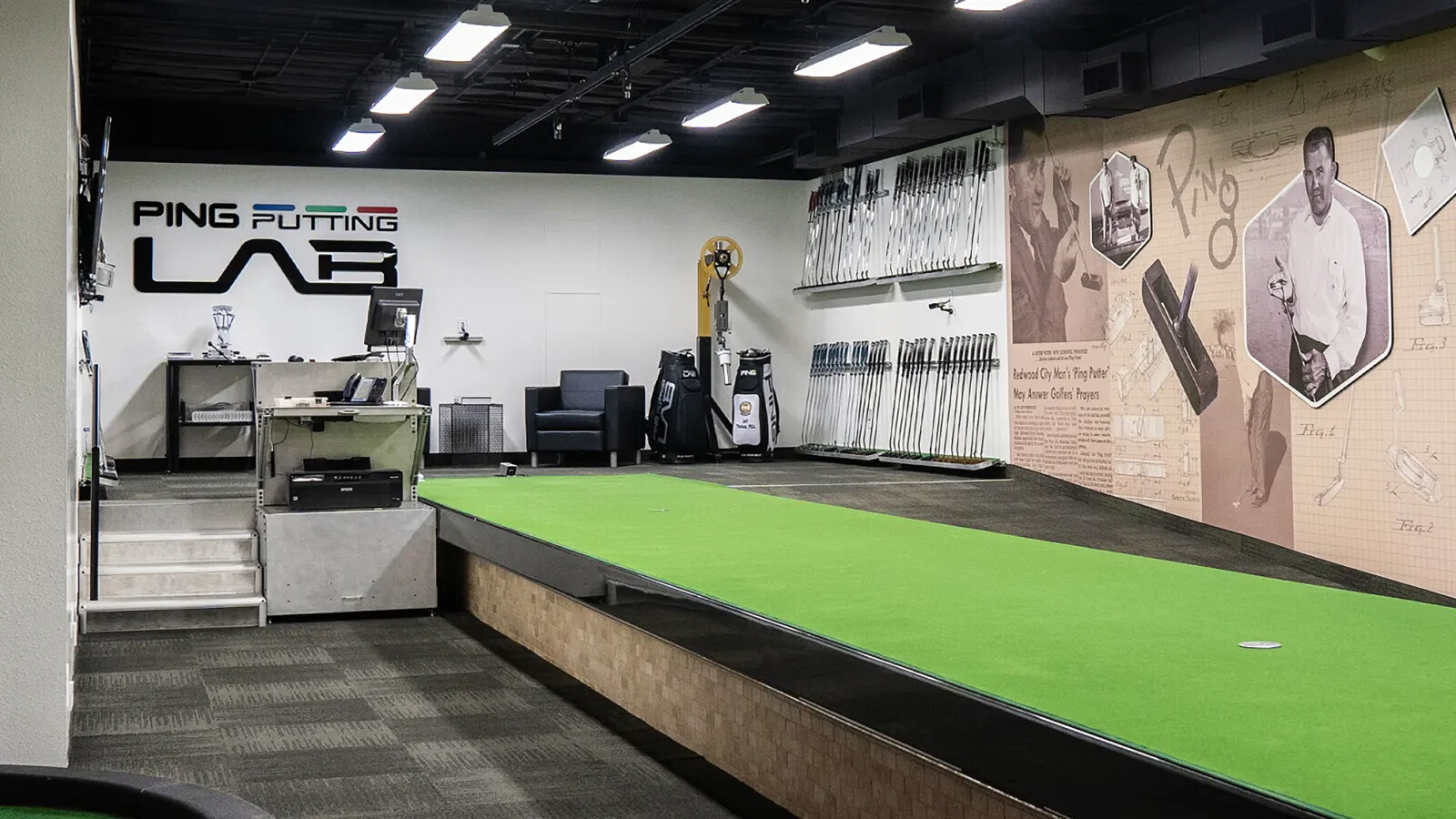
I absolutely fell in love with one prototype model, it’ll be interesting to see if it makes it to market.
There is so much more I could talk about. Hitting balls on perfect turf at the Proving Grounds.
Led Zeppelin playing on the practice ground at Grayhawk. The new shaft lab PING has in house to build prototype shafts.
Draining 30 foot breaking putts at Putting world. PING Man, their proprietary swing robot swinging for the fences.
But coming out of the trip, it was the attention to detail PING take to engineer their equipment that sticks in my mind.
Not doing stuff because that’s how it’s always been done, but looking to create the most forgiving golf equipment in golf for every level of player.



